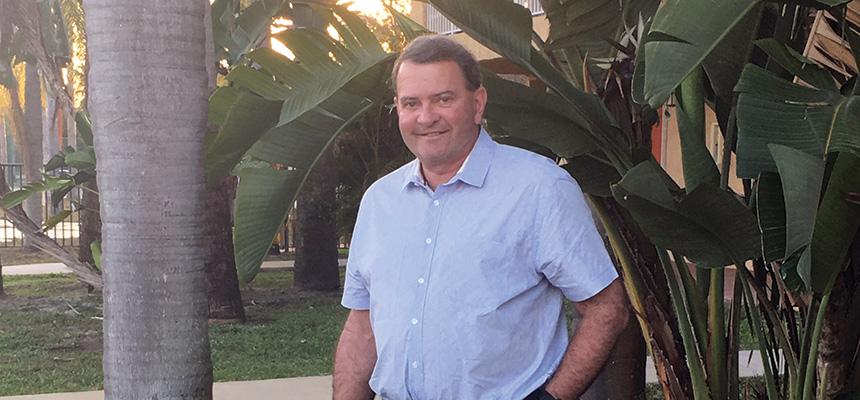A few months ago, colleges and universities across the United States were forced to rethink their primary education delivery model almost overnight, a gargantuan task considering that speed is not a characteristic typically associated with change in academia.
With campuses closed to faculty, staff and students for the remainder of the academic year, remote and online learning quickly replaced in-person instruction. Faculty adapted, creatively utilizing technology and other means to shift the traditional learning environment and remodel their approach to teaching. Students adapted to these new modes of delivery as well, and most are finalizing capstone course presentations and taking final examinations at this time. These efforts are to be applauded, particularly given the social, emotional and psychological challenges this pandemic has presented to college communities everywhere.
While these most visible and short-term problems may have been solved, this global health emergency has exposed a more serious fault line, one that has been deserving of a much greater focus since well before COVID-19: access and equity in education.
Right now, too many colleges are focused solely on “opening,” rather than also thinking about removing the barriers and obstacles that our students will face upon returning to campus. Ensuring access and equity for students from all backgrounds, economic means, genders and ages, racial demographics and populations must be at the forefront of institutional thinking, particularly given the current circumstances and continued uncertainty surrounding how and when college and universities will safely reopen.
The fact of the matter is that many students may not be able to continue studies because they or their family members have lost jobs, and institutions must be mindful of serving and supporting these students and their needs. We must put students and families first and address their fears and concerns head on—not only about COVID-19 but also about the very real economic uncertainties that have impacted almost every family in America.

Last month, the institution I serve, Roger Williams University, with campuses in Bristol and Providence, Rhode Island, made a commitment to our more than 7,000 students to reopen in a way that will best support and serve their educational needs.
We fully intend to have our students back on campus this fall, and we are preparing for a safe fall semester opening in alignment with state guidelines and protocols. The reality, however, is that educational institutions must plan for a subset of our students who will be unable to return to campus due to personal or family circumstances, safety concerns or restrictions, or who want to remain in their communities and continue their studies remotely. Today’s students are deeply invested in making a difference and, alternatively, we believe we will see a percentage of students who will want to stay home to help their families and the local economy recover.
Meet students where they are
Mindful of these concerns, my hope is that other colleges and universities will join Roger Williams in creating programs and opportunities that meet students where they are and help them get to where they want to go. We must redesign offerings for and with students of all populations and places, recognizing that the future of learning requires alternative, flexible models and multiple pathways for student engagement, COVID-19 aside. It’s time to put students in the driver’s seat of their education, not keep them in the backseat.
Within this framework and against the backdrop of the increasing demand for personalized educational experiences, we must explore and develop the best ways to provide students with accessible options and opportunities for creating a semester that meets their needs, offers reassurance at a time of great uncertainty, and, most importantly, allows for the necessary flexibility that students and families so desperately need right now.
The world may be in a constant state of flux, but the roadmap for higher education has never been clearer: We must change the models and methods to meet the learning needs and preferences of today’s students, and we must do so quickly.
Ioannis Miaoulis is the president of Roger Williams University in Rhode Island.






